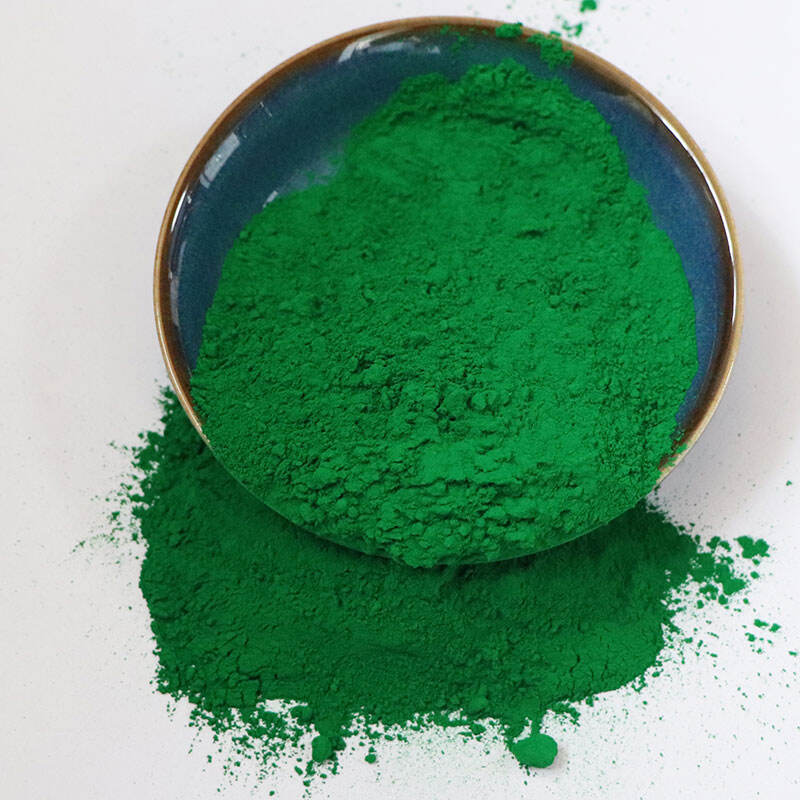phthalocyanine blue for plastic
Phthalocyanine blue for plastic represents a high-performance colorant specifically engineered for polymer applications, delivering exceptional color stability and durability in plastic materials. This specialized pigment offers remarkable heat resistance, capable of withstanding processing temperatures up to 300°C while maintaining its vibrant blue hue. Its molecular structure, based on copper phthalocyanine, provides outstanding lightfastness and weather resistance, making it ideal for outdoor applications. The pigment's unique crystalline form ensures excellent dispersion characteristics in various plastic matrices, from polyolefins to engineering plastics. With its high tinting strength and opacity, phthalocyanine blue enables manufacturers to achieve consistent, intense blue coloration with minimal pigment loading. The product's chemical inertness prevents unwanted interactions with polymer additives, ensuring the final product's integrity and performance. Its versatility extends across numerous plastic applications, from automotive components and outdoor furniture to consumer electronics and packaging materials, making it an essential colorant in the plastics industry.


